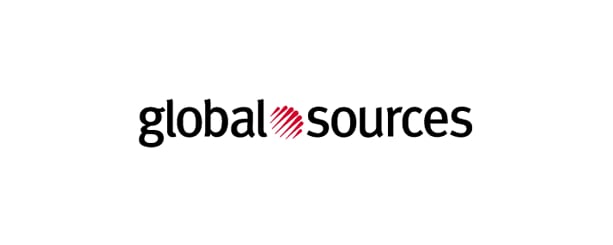
Product compliance is much more than just laboratory testing. European importers, in virtually every industry, are obliged to issue certain documentation – to demonstrate compliance with all applicable product regulations.
Perhaps the most important of all documents is the Declaration of Conformity (DoC).
It’s a rather complex topic, so we decided to ask an expert. His name is Ferry Vermeulen, founder of INSTRKTIV.com.
In this article, Ferry explains what every EU based importer must know about drafting a Declaration of Conformity, and the various other documents you need.
Ferry, tell us a bit about yourself and Instrktiv.com
I am founder and director of business development at INSTRKTIV. After starting my own industrial design agency back in 2006, I co-founded the company Manualise in 2009.
As the CEO from 2009 – 2015, my content strategy brought the company over 15 #1 Google positions on main keywords like ‘creating user manuals’ which led to many international clients, such as Electrolux, AkzoNobel, Schneider Electric and Lid.
In 2016 I founded INSTRKTIV GmbH and moved from Amsterdam to Berlin. INSTRKTIV helps companies and brands to produce their technical documentation.
The company stands for content quality, both in the field of usability and liability: The manual as a legal document, which not only serves the keystone in terms of liability but also promotes safe and proper use, is at the core of this.
It makes me happy to help German and international companies developing appealing and compliant documentation which contribute to a better user experience.
In my ‘Man-Machine-Blog” I give hands on tips & techniques to improve the quality of content and improve the user experience. I cover topics like CE marking, the Declaration of Conformity (Read more) and Simplified Technical English. Continue reading Declaration of Conformity for EU Importers: By Ferry Vermeulen












